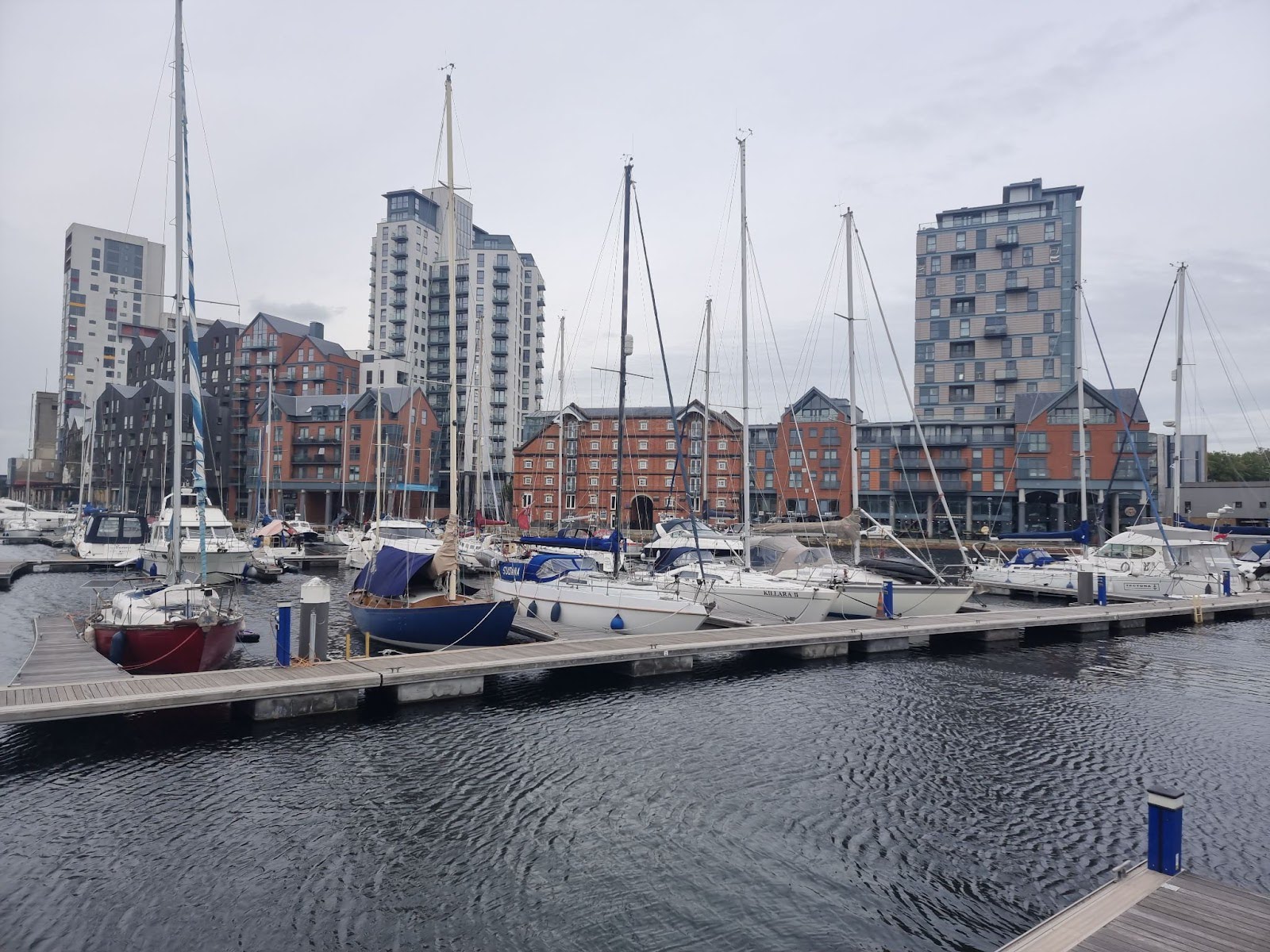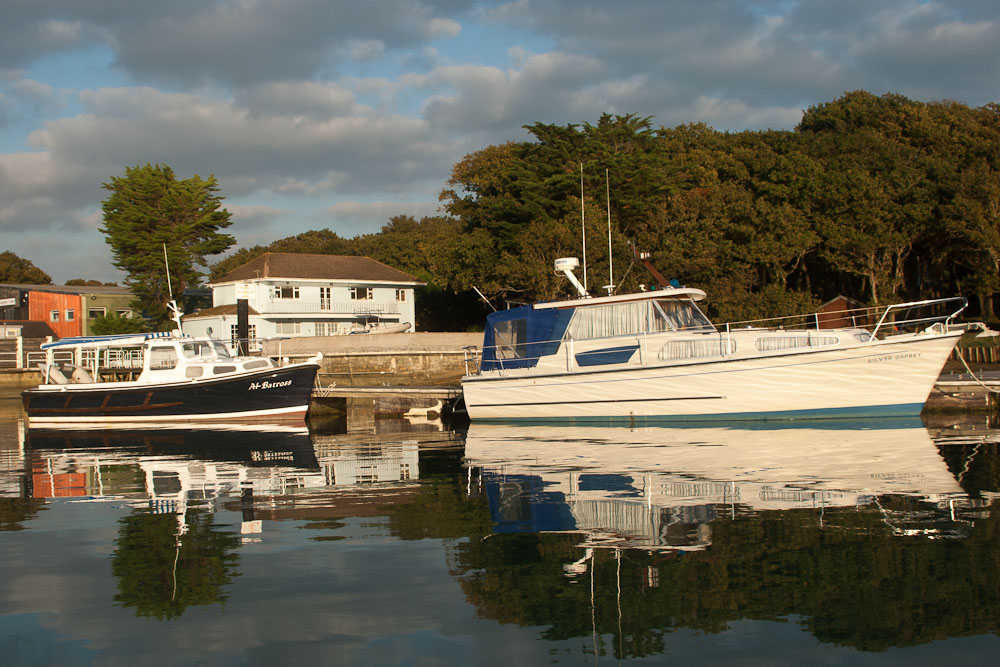The age-old dilemma... Greece or Croatia?
If you’re struggling to decide between sailing the Greek islands or clear Adriatic seas of Croatia look no further, as we take you through this handy sailor’s guide on both of these heavyweight charter capitals.
Flights & Travel
Greece boasts over 13,000km of coastline and a myriad of ancient islands grouped into ‘families’ known as the Sporades, Dodecanese, Cyclades, Ionian, Saronic and Northeastern Aegean islands. When arriving into Athens you can charter the Cyclades and Saronic from Lavrio. For the other island groups, you can fly directly to them with short connecting ferries.
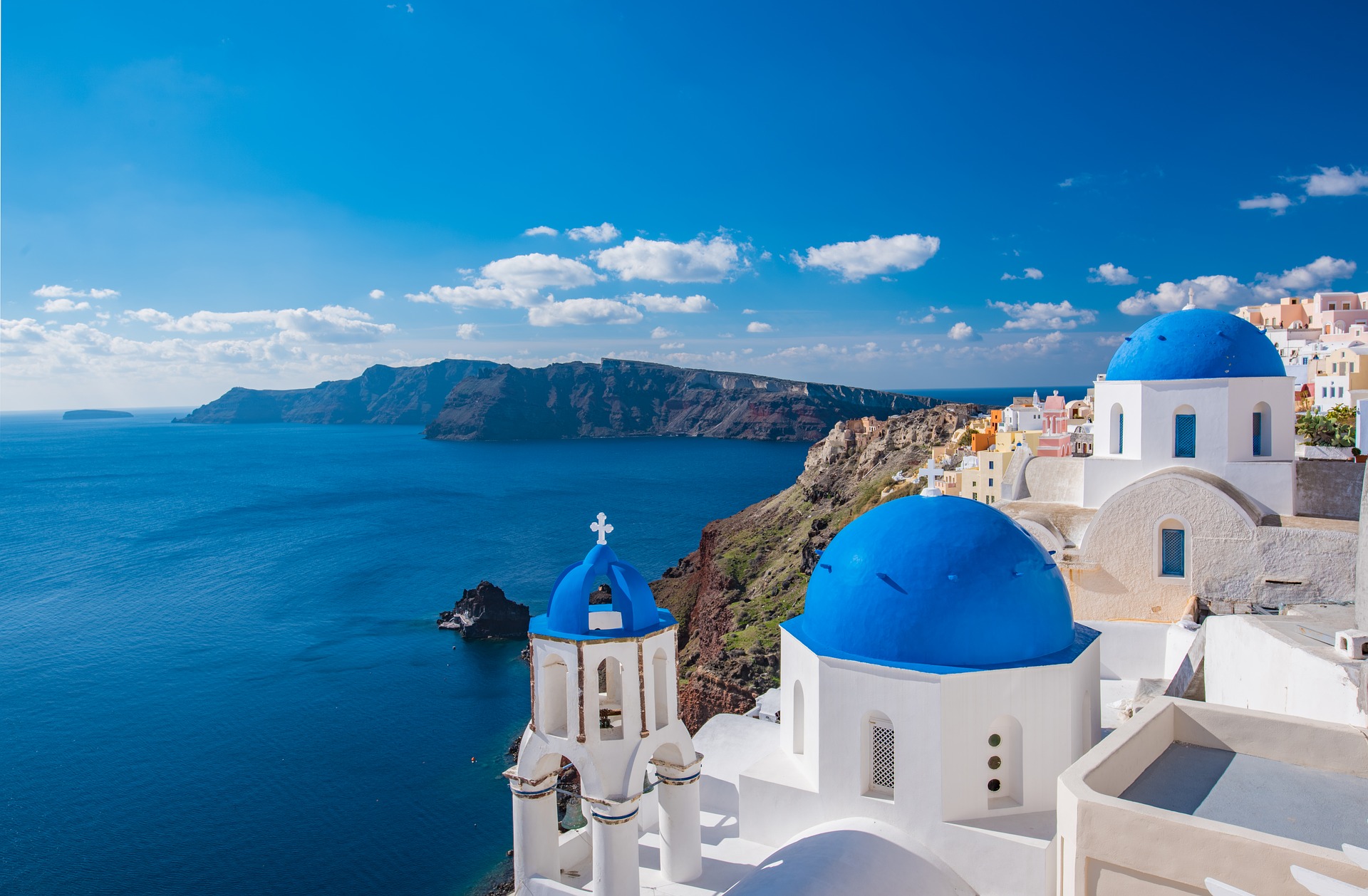
Flying into Croatia is easy and straightforward, you can arrive directly into Dubrovnik, Pula, Split and Zadar in just a short hop with cheap airlines. Flights to Croatia will generally cost less than Greece when flying from the UK, especially during peak summer time but both are easy to fly within manageable distances from the marinas. Make sure to book early in advance and choose off-peak times of the year if you want to get the best deals and ensure availability for both of these popular destinations.
Best times to go
For both Greece and Croatia the sailing season starts in late spring and ends in the autumn with peak yachting season running from the tail-end of July to the beginning of September when charters tend to be most expensive and marinas most in demand.
Sailing in either Greece or Croatia during the beginning or end of the season can be preferred among sailors, with calmer seas and fewer holidaymakers to share it with. The peak season is, of course, better for swimming and for those that want to feel apart of the bustling summer buzz but the sea temperatures are still a balmy 20-24°C during September and October in both parts of the world.
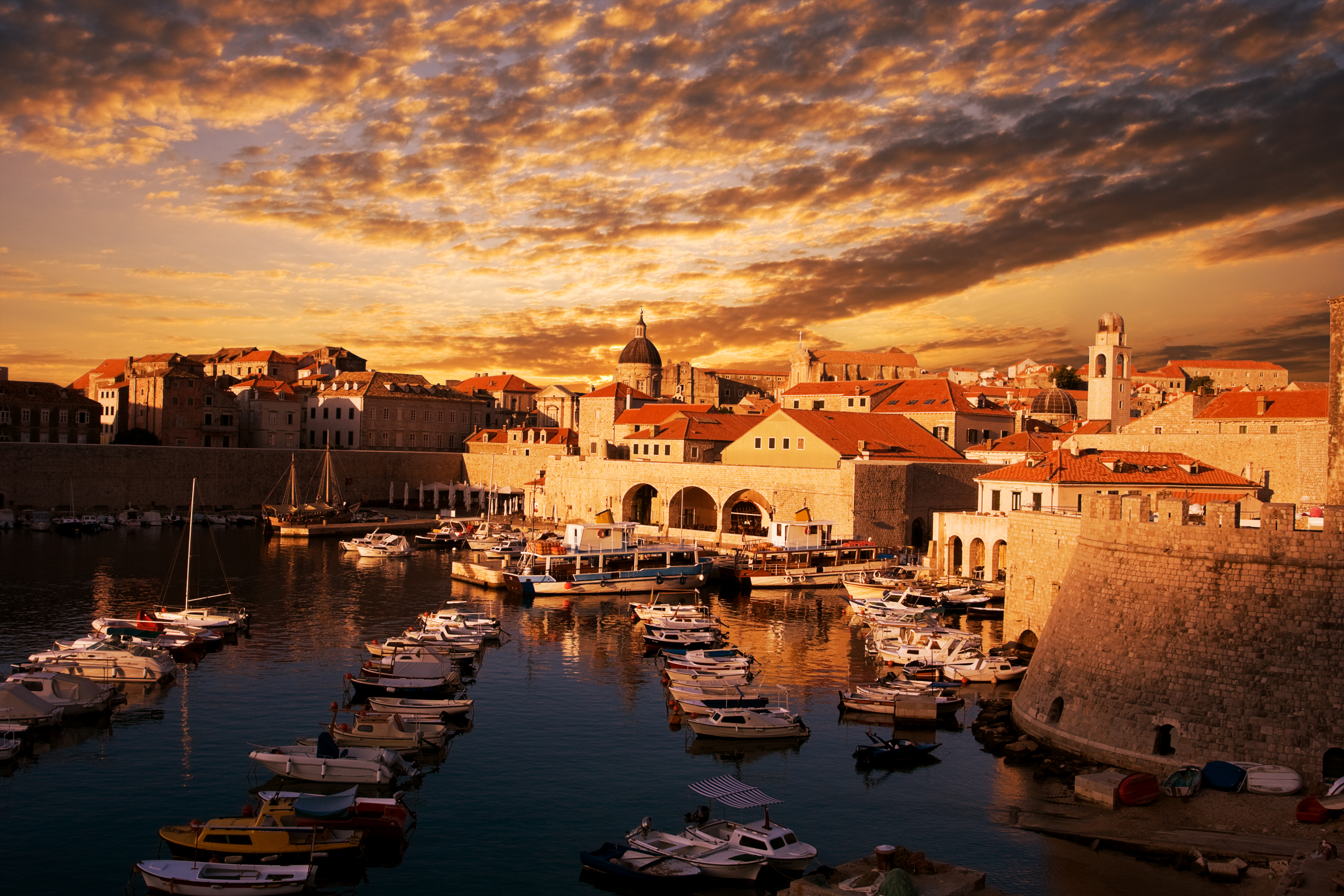
If you are only able to get away during the peak season though, it pays to be organised and booking your spot as early as possible to avoid disappointment and missing out. When sailing the Greek Isles during peak season (July to early September) the most crowded areas will be the Saronic and Ionic with Lefkas and Corfu brimming with other tourists. In Croatia, this will no doubt be Dubrovnik marina and the Kornati islands.
If crowd avoiding is top of the list, the calmer periods of spring and early autumn can be a truer reflection of these beautiful isles and coastlines. During these shoulder and low seasons, the true colours of the islands are on show, less scorched than in the height of summer and locals return to more of their ordinary way of life.
Berthing Costs
In Croatia, the mooring prices will invariably depend upon the length of your yacht, time of year, location and type of marina. Peak costs will be from July to the end of August, so worth avoiding these times to keep the costs down. The infamous Bura in Croatia can make sheltered harbouring a must, particularly when rearing its ugly head at night. For more information have a look at this guide on minimising the costs by LateSail.
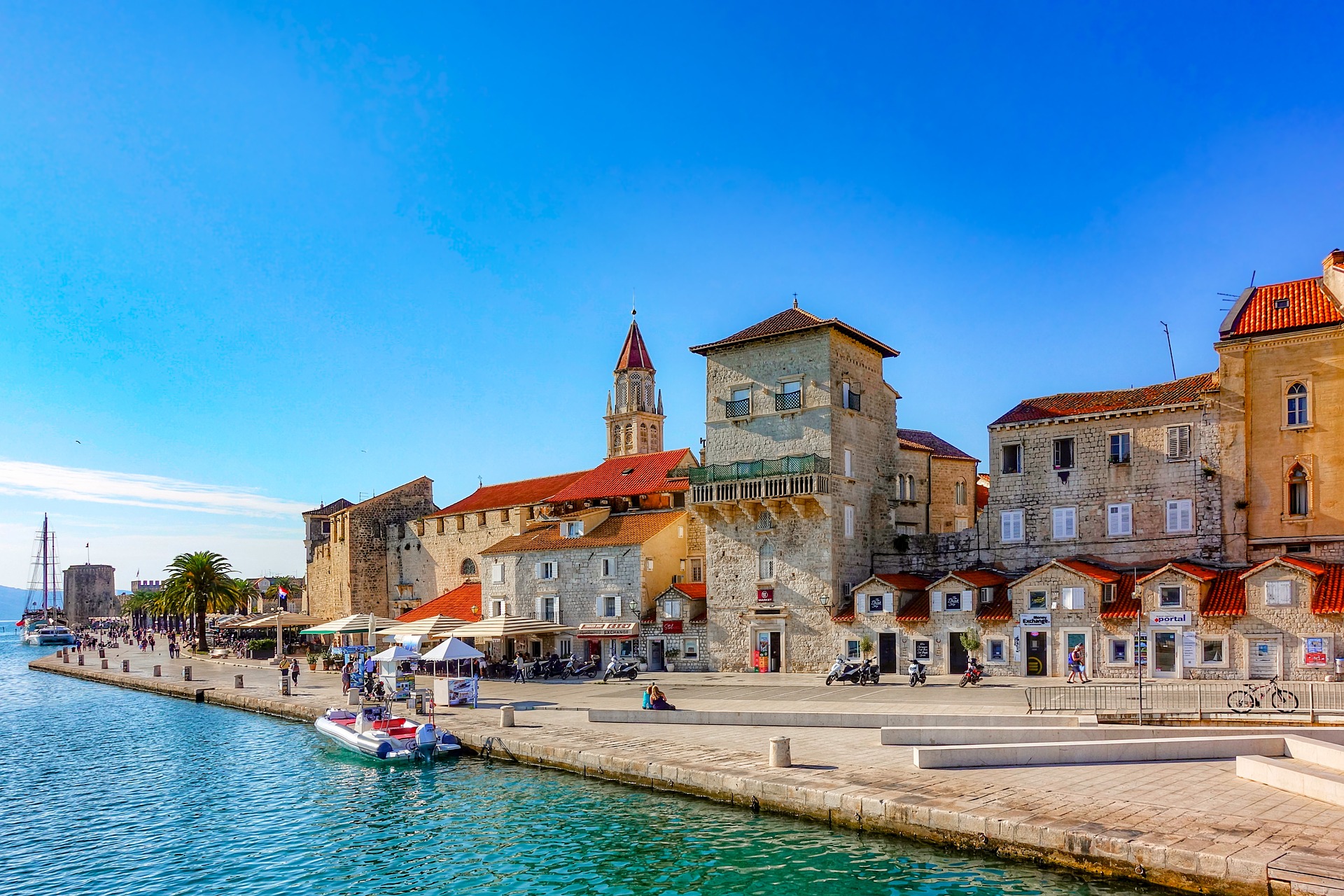
In Greece, mooring is fairly cheap or free at local harbours, especially when only anchoring for a short stay for a drink or taverna stop, which is the mannerly thing to do when you moor for free. It is worth researching harbours and marinas before you set sail, as costs will also vary and booking in advance may not always be possible.
Sailing Conditions
Greece is famed for its sailing conditions. Spring and Autumn have light southerly winds with more consistent windy periods during peak season. The Ionian regions being sheltered from the Meltemi are perfect for all abilities with tranquil evenings making for worry-free anchoring. The more experienced sailors are needed when voyaging across the more exposed legs between the Cyclades and Dodecanese islands, with consistent stable conditions in the protected Saronic and Argolic Gulfs.
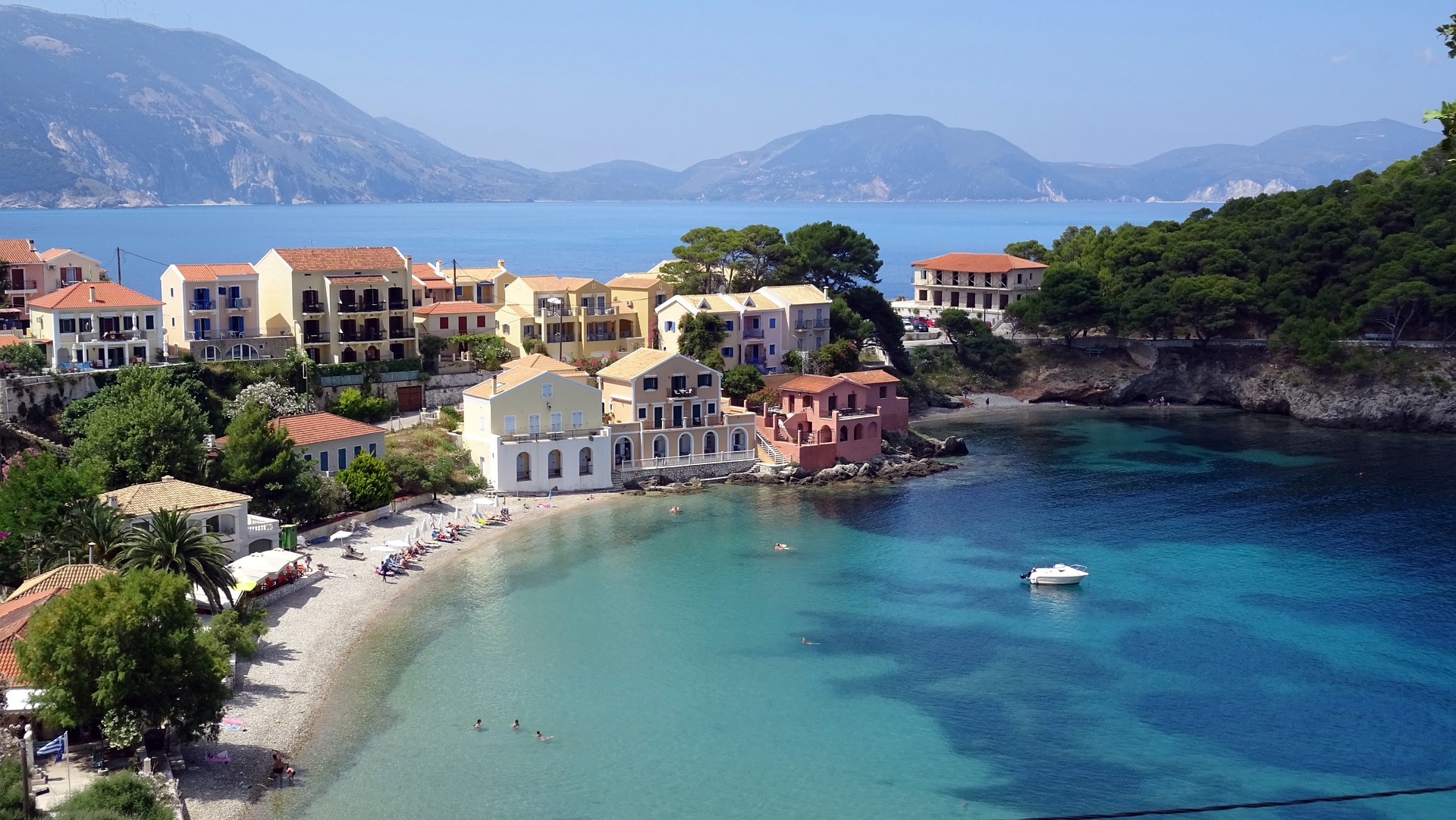
Croatia is loved by sailors with ample levels of wind any time you choose to go. The Bura (north) and Sirocco (south), otherwise known as the Jugo are the main winds on the Adriatic with the daily Mistral coming from the north-west. Advanced skippers might enjoy the trickier conditions at the beginning or end of the season during April or October, however for more relaxed cruising the summer months are less forceful and likely to catch you out.
Food & Dining
As with all Mediterranean trips you have to try the local produce and seafood.
When in Croatia if you ever have the chance to try the traditional Ispod peke dishes or Kotlovina, do it. Translating to ‘under the bell’, the octopus or other meat of your choice is open coal baked in a closed dishpan with potatoes and vegetables, left to cook slow and tenderise in local spices and herbs. Other worthy mentions include Pasticada snjokima a traditional marinated meat and gnocchi dish and the Croatian classic squid risotto, known as Crni rizot.
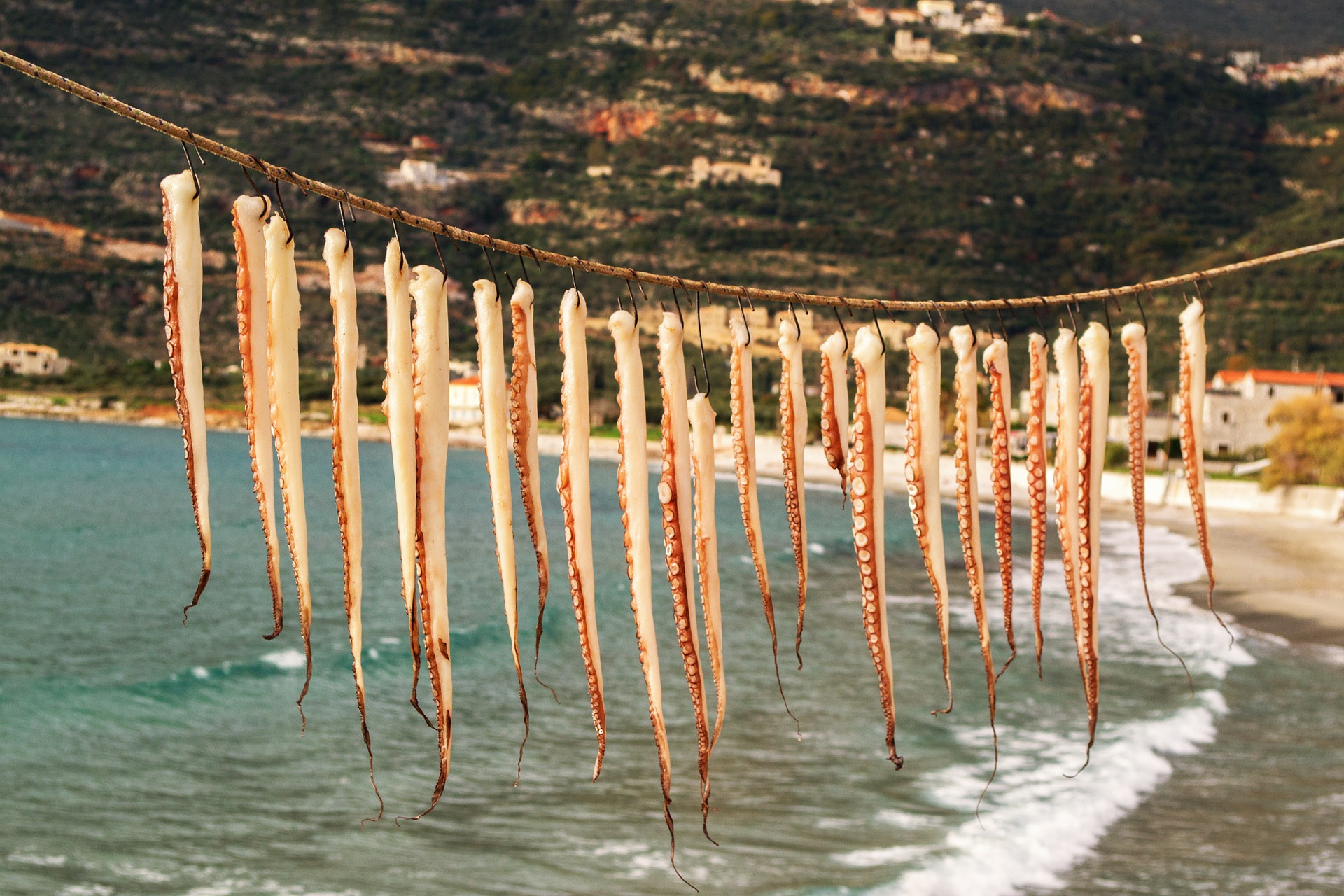
With the traditional tavernas of Greece offering taramasalata, fresh feta salads and baklavas, you just have to love Greek cuisine especially after a long day of sailing. Once again, it is best to fully immerse with the traditional culture and eat as adventurous and fresh as possible when living by the sea and not just opt for your usual well-known favourites.
For experienced advice on sailing in either of these sought after destinations arrange a call with one of the team on 01227 479 900 and start your holiday search here https://www.boatsandoutboards.co.uk/Charter-Boats
